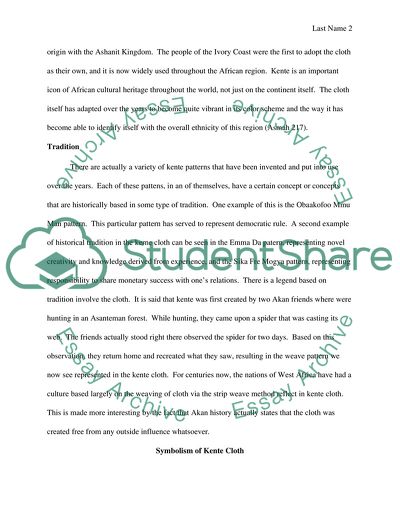Cite this document
(Kente Cloth Essay Example | Topics and Well Written Essays - 1500 words, n.d.)
Kente Cloth Essay Example | Topics and Well Written Essays - 1500 words. https://studentshare.org/anthropology/1847881-kente-cloth-from-genesis-to-identity
Kente Cloth Essay Example | Topics and Well Written Essays - 1500 words. https://studentshare.org/anthropology/1847881-kente-cloth-from-genesis-to-identity
(Kente Cloth Essay Example | Topics and Well Written Essays - 1500 Words)
Kente Cloth Essay Example | Topics and Well Written Essays - 1500 Words. https://studentshare.org/anthropology/1847881-kente-cloth-from-genesis-to-identity.
Kente Cloth Essay Example | Topics and Well Written Essays - 1500 Words. https://studentshare.org/anthropology/1847881-kente-cloth-from-genesis-to-identity.
“Kente Cloth Essay Example | Topics and Well Written Essays - 1500 Words”. https://studentshare.org/anthropology/1847881-kente-cloth-from-genesis-to-identity.


